Will Trump’s tariffs stand up in the US Supreme Court? That was the question many were asking, and on Wednesday (November 5), the answer became somewhat clearer as a majority of the Supreme Court justices sharply questioned the Trump administration on the matter.
The matter is in the Supreme Court after lower federal courts ruled that Trump lacked the legal authority to impose tariffs on imports from several of America’s trading partners and fentanyl tariffs on products from Canada, China and Mexico.
The case revolves around whether Trump overstepped his authority under the 1977 International Emergency Economic Powers Act (IEEPA), which lets presidents take action during national emergencies tied to foreign affairs.
Arguments in court continued for more than two-and-a-half hours during which the justices questioned the Trump administration, putting the US president’s favourite policy in peril.
Experts note that billions of dollars in tariff payments are at stake. That’s because if the Trump administration loses, the IS government could have to refund some of the billions of dollars it has collected, resulting in a complete mess.
As the case continues — the US Supreme Court is expected to hand down a decision by the end of June, or potentially sooner — we take a look at what exactly happened on Wednesday and what could be the implications of the decision if it goes against Trump.
Are Trump’s tariffs taxes?
Small businesses, which have challenged Trump’s tariffs, argue that the US president overstepped his authority in imposing the levies, which are in effect a tax. Attorney Neal Katyal, arguing on behalf of the companies, said the law does not allow Trump to impose tariffs, which are effectively a tax on the American people.
“It’s simply implausible that in enacting the IEEPA, Congress handed the president the power to overhaul the entire tariff system and the American economy in the process, allowing him to set and reset tariffs on any and every product from any and every country in any and all times,” he said.
And it seems that this was a concern among many of the US Supreme Court justices too, as the US Constitution gives Congress sole authority to set taxes.
Justice Sonia Sotomayor said, “You say tariffs are not taxes, but that’s exactly what they are. They’re generating money from American citizens, revenue.”
However, Solicitor General John Sauer called the more than $3.3 trillion that the tariffs are projected to generate for the government “an incidental and collateral effect of the tariffs.”
“I can’t say enough, it is a regulatory tariff, not a tax. The fact that they raise revenue was only incidental,” Sauer said.
Has Trump made an overreach on tariffs?
Several of the US Supreme Court justices expressed scepticism over Trump’s interpretation of the law to impose tariffs on America’s trading partners. Justice Sotomayor noted that no president other than Trump has ever used IEEPA to impose tariffs since it became law in 1977.
Even Justice John Roberts echoed these same observations, saying: “Correct me on this if I’m not right about it, but the justification is being used for “a power to impose tariffs on any product, from any country, in any amount, for any length of time.”
However, US Solicitor General D John Sauer argued that the IEEPA, gives a president power to “regulate … importation” during emergencies. The word plainly includes the power to impose tariffs, since tariffs are the most common way a government regulates imports.
But Justice Amy Coney Barrett wasn’t convinced, telling Sauer, “Can you point to any other place in the code – or any other time in history – where that phrase, together, ‘regulate importation’ has been used to confer tariff imposing authority.”
The US Supreme Court justices were also concerned about Congress being unable to curb the president’s power to impose tariffs in the future if the court were to rule they were constitutional. Two justices even noted a president could veto any legislation aimed at limiting executive power.
“It’s a one-way ratchet toward the gradual but continual accretion of power in the executive branch and away from the people’s elected representatives,” said Justice Neil Gorsuch.
Moreover, Barrett said Congress would need a two-thirds majority to overcome a presidential veto if it wanted to approve any future limits on emergency tariffs. “If Congress said, ‘Whoa, we don’t like that, that gives a president too much authority under IEEPA,’ it’s going to have a very hard time pulling that tariff power out of IEEPA, correct?” Barrett asked.
What about the refunds?
A significant question for the US Supreme Court justices was whether businesses would be entitled to tariff payment refunds if they ruled against the Trump administration’s use of emergency powers to impose tariffs.
The federal government has collected nearly $90 billion in revenue from the tariffs being challenged, according to United States Customs and Border Protection data as of September 23. And earlier this month, Trump said in an interview with Fox Business that if the Supreme Court ruled against him, “we’d have to pay back money.”
Justice Barrett asked how difficult it would be for the government to refund billions of dollars in tariffs already collected if the court rules they are illegal. “Would it be a complete mess?” Barrett asked Katyal, the lawyer for the businesses challenging the tariffs.
Katyal said the businesses he’s representing should be entitled to a refund if the justices rule in their favour, but for other businesses he said it would be “a very complicated thing.”
“So, a mess,” Barrett interjected.
“It’s difficult, absolutely, we don’t deny that,” Katyal responded, adding that this wasn’t a reason for the court to side with the administration. He said that the court could simply strike down the tariffs going forward.
What could happen next?
While the justices haven’t made their decision on the issue of Trump’s tariffs, experts note that the US Supreme Court seemed to be leaning towards overturning at least some of the levies. Prediction-market gamblers on Polymarket were pricing in a 27 per cent chance Trump’s tariffs would survive, leaving a considerable amount of uncertainty about the outcome of the case.
ING analysts noted that in recent years, the court has been reluctant to overrule presidential decisions of this magnitude. But “upholding Trump’s tariffs would shift the balance of power from Congress to the president”, they added.
Experts note that even if the US Supreme Court does rule against Trump’s tariffs, the administration could still impose tariffs through other legal channels, but those come with more limitations.
“After that argument, if I were the Trump Administration, I’d be burning the midnight oil over the next couple of weeks drawing up tariff backup plans,” Peter Harrell, a visiting scholar at Georgetown Law School, posted on social media.
With inputs from agencies


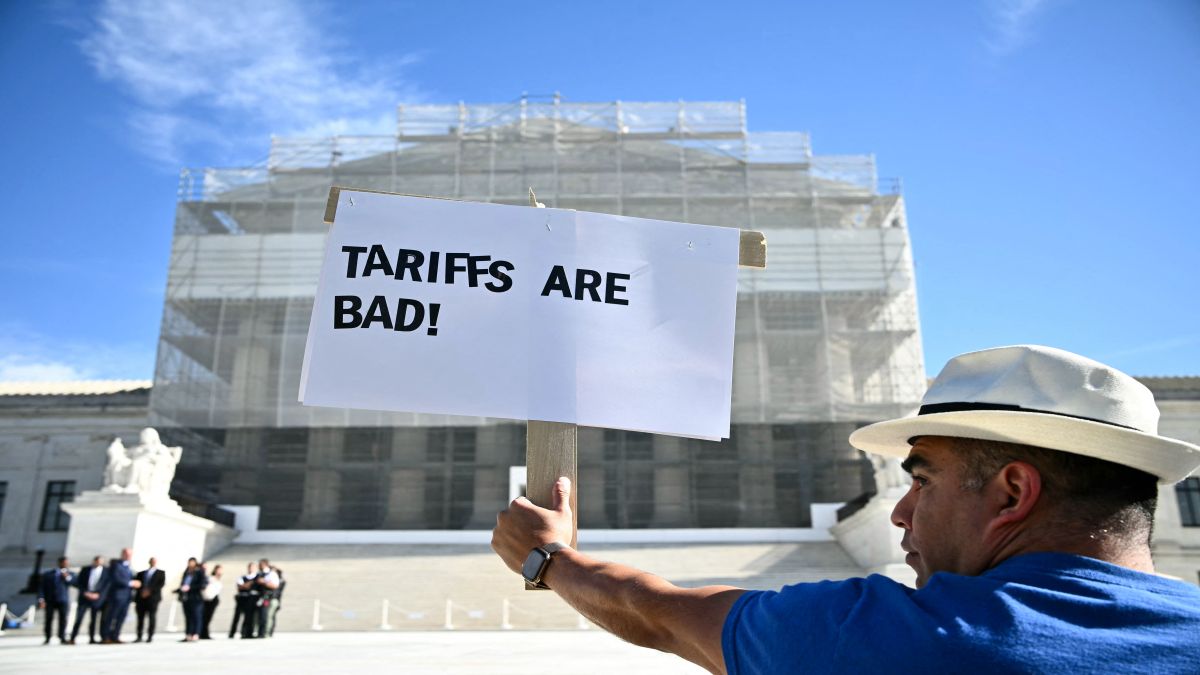)

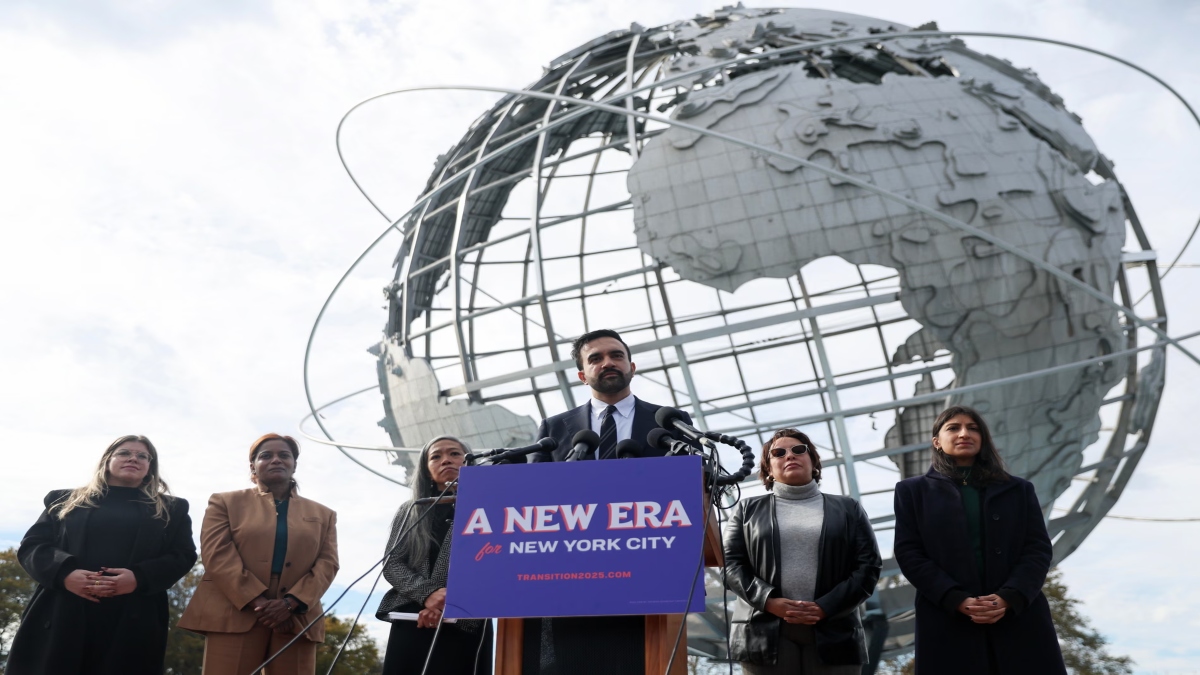)
)
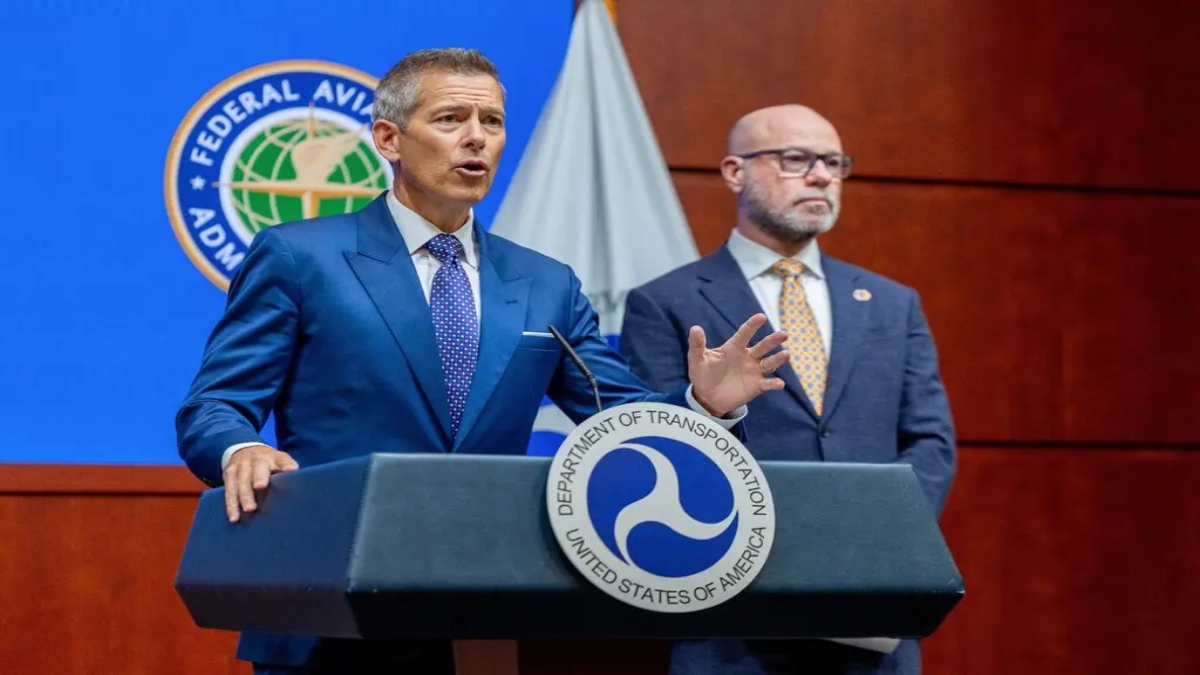)
)
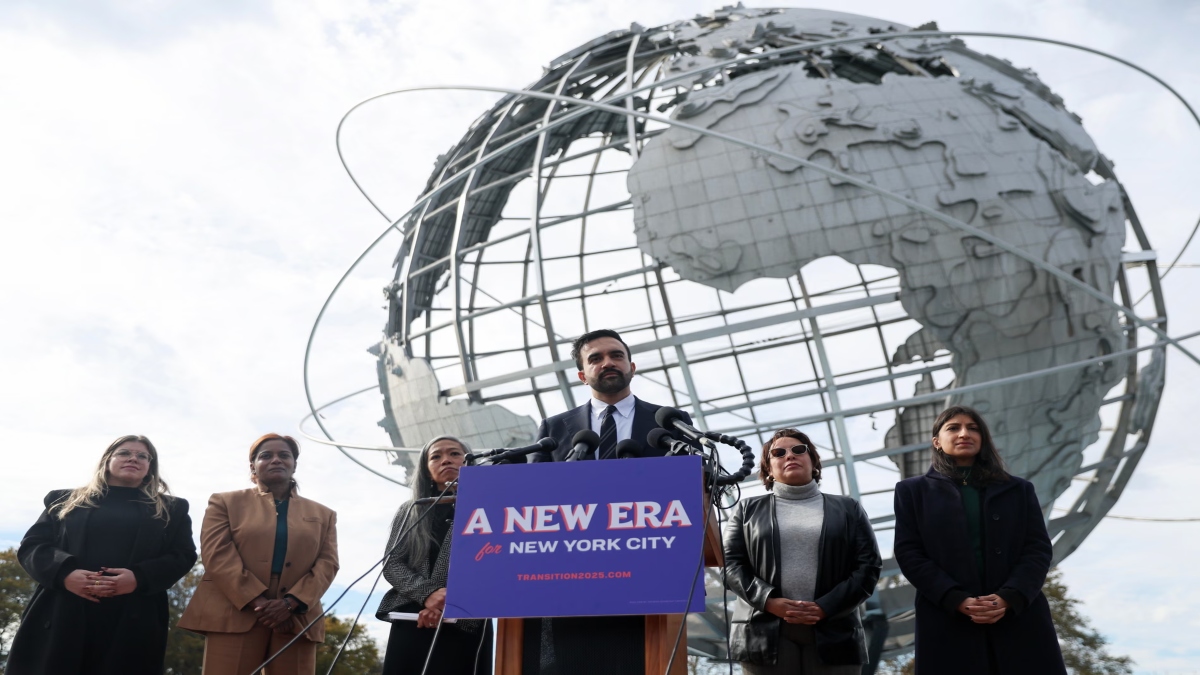)
)
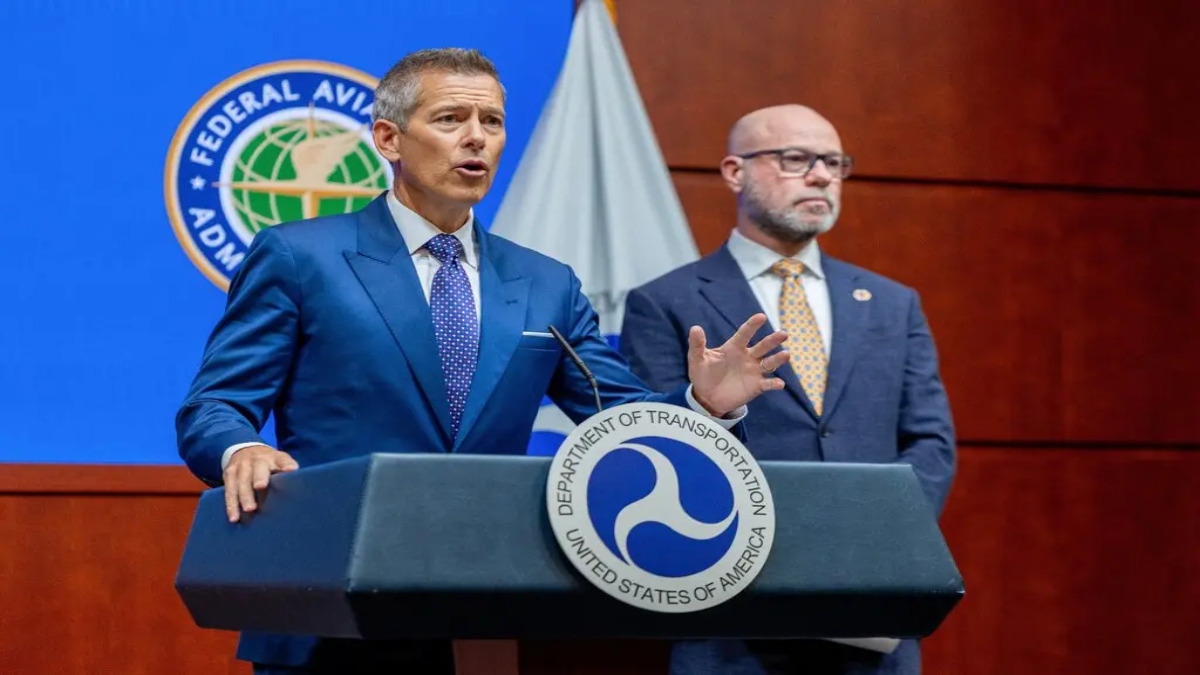)
)



